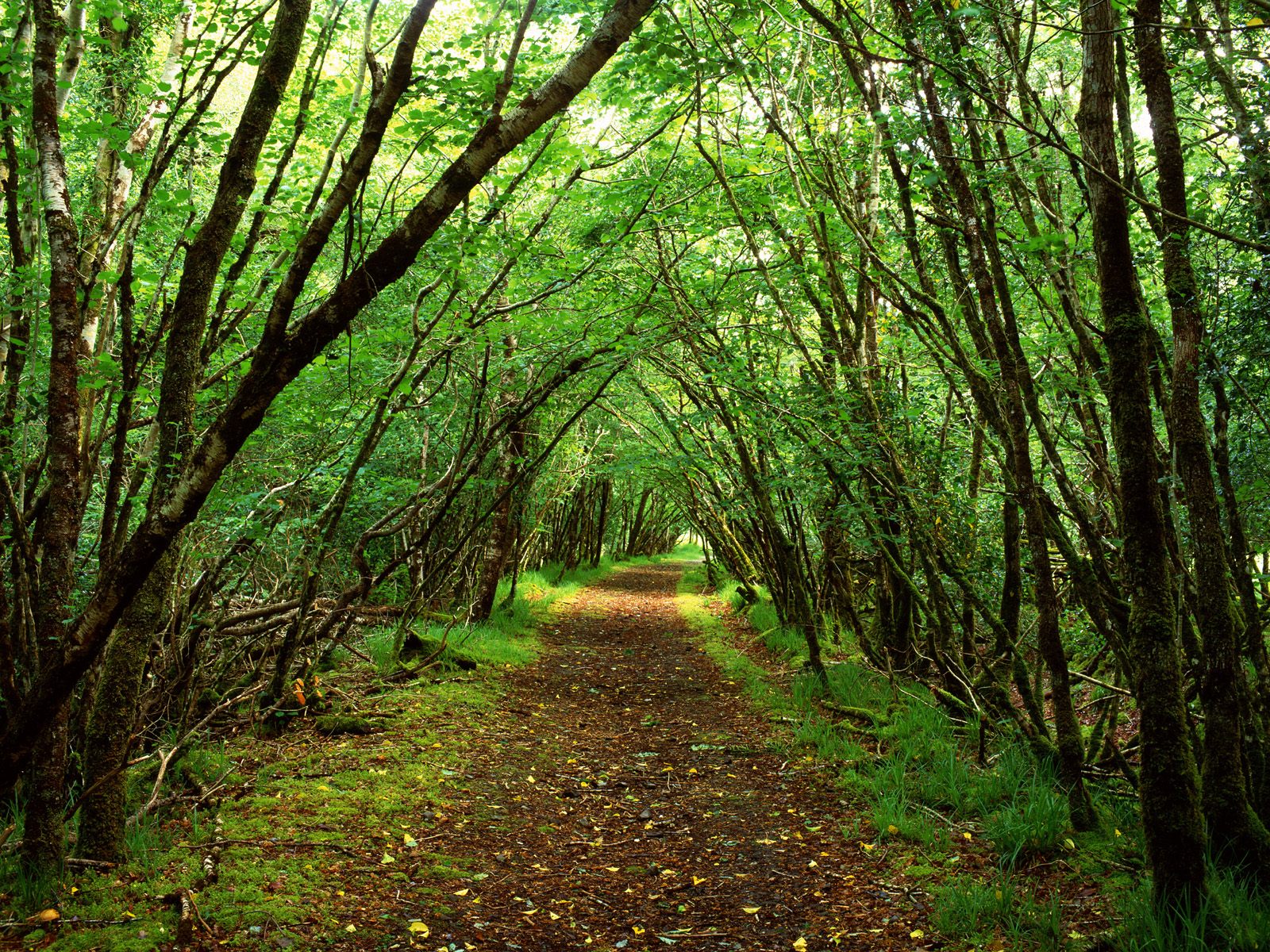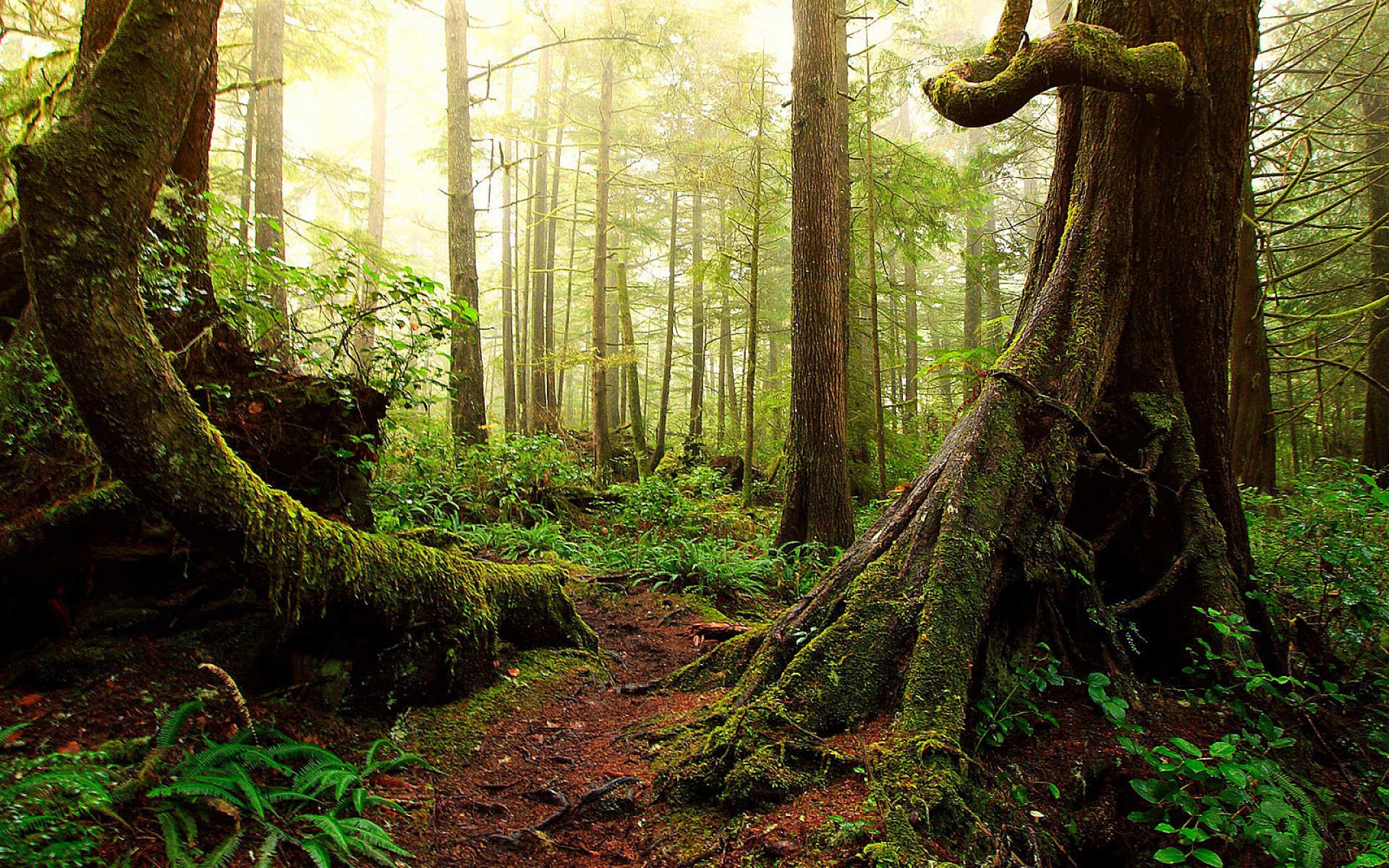

It enhances the conservation, recovery, and sustainable management of forests and other ecosystems. Maintain and enhance natural ecosystems within landscapes – FLR does not lead to the conversion or destruction of natural forests or other ecosystems.It is at this scale that ecological, social and economic priorities can be balanced. Focus on landscapes – FLR takes place within and across entire landscapes, not individual sites, representing mosaics of interacting land uses and management practices under various tenure and governance systems.It integrates a number of guiding principles, including:

Successful FLR is forward-looking and dynamic, focussing on strengthening the resilience of landscapes and creating future options to adjust and further optimise ecosystem goods and services as societal needs change or new challenges arise. In these situations, restoration must complement and not displace existing land uses this results in a patchwork or mosaic of different land uses including: agriculture, agroforestry systems and improved fallow systems, ecological corridors, areas of forests and woodlands, and river or lakeside plantings to protect waterways. While FLR sometimes involves the opportunity to restore large contiguous tracts of degraded or fragmented forest land, the majority of restoration opportunities are found on or adjacent to agricultural or pastoral land. It is long-term because it requires a multi-year vision of the ecological functions and benefits to human well-being that restoration will produce although tangible deliverables such as jobs, income and carbon sequestration begin to flow right away. Restoration because it involves bringing back the biological productivity of an area in order to achieve any number of benefits for people and the planet.Landscapes because it involves entire watersheds, jurisdictions, or even countries in which many land uses interact and.Forests because it involves increasing the number and/or health of trees in an area.FLR is more than just planting trees – it is restoring a whole landscape to meet present and future needs and to offer multiple benefits and land uses over time. The partners include the African Union Development Agency (AUDA-NEPAD), the Food and Agriculture Organization of the United Nations (FAO), the International Union for Conservation of Nature and Natural Resources (IUCN), the World Resources Institute (WRI), the World Bank Group and the World Wide Fund for Nature (WWF).Regaining ecological functions and enhancing well-beingįorest landscape restoration (FLR) is the ongoing process of regaining ecological functionality and enhancing human well-being across deforested or degraded forest landscapes. The programme was commissioned as an IKI collaborative project and implemented jointly with collaborative partners under the leadership of the Deutsche Gesellschaft für Internationale Zusammenarbeit (GIZ) GmbH. The project prepares additional areas for FLR interventions by implementing further measures, obtains further FLR funding, improves knowledge management and strengthens South-South exchanges, including impact monitoring and capacity building. To achieve significant results at country and regional level, the programme focuses on the development of participatory FLR interventions and implementation in selected areas in the partner countries. The regenerated forest landscapes also store additional carbon, thus contributing to climate change mitigation. Forest landscape restoration is about restoring the ecological and productive functions of degraded ecosystems in tree-rich landscapes, increasing the resilience of the landscapes and the people who live in them.


 0 kommentar(er)
0 kommentar(er)
